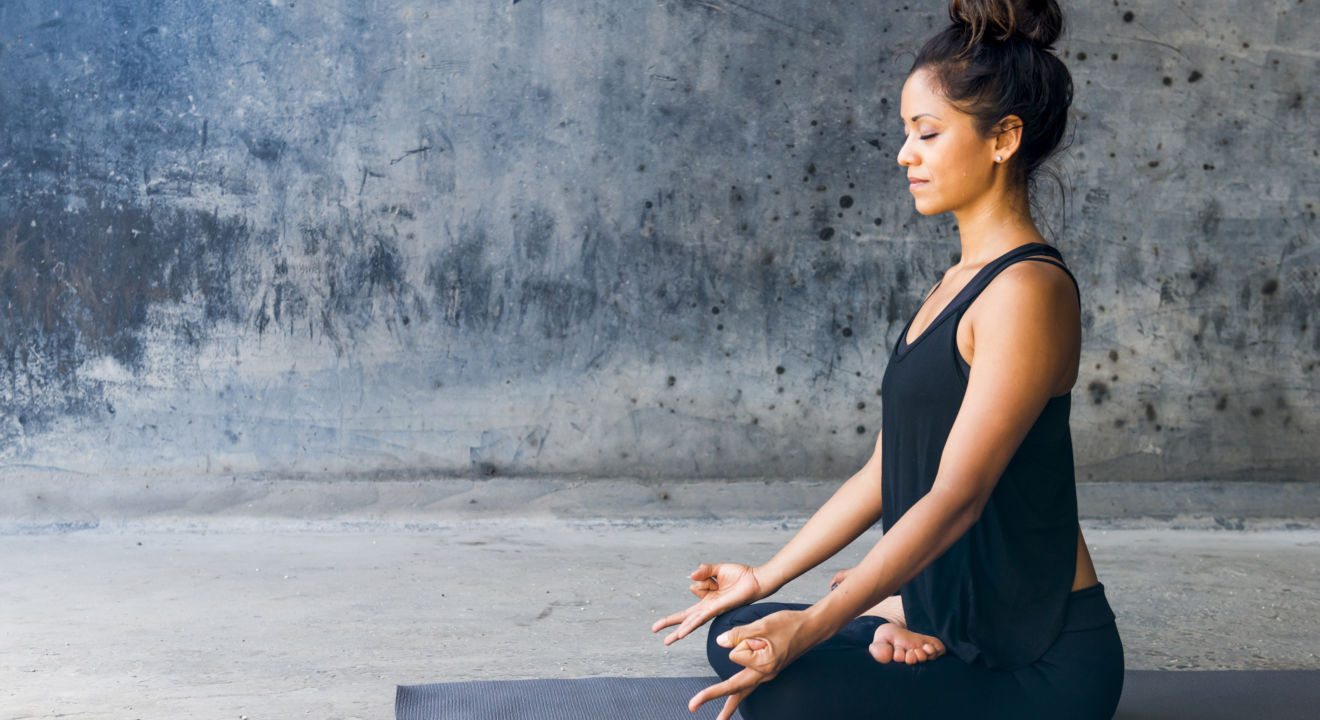Relationships November 26, 2016


If you’re the type of person that stresses out easily, you’re not alone. In fact there is an entire mindfulness movement created for people feeling overwhelmed by their personal or work lives. Did you know that one of the best ways to deal with stress is to engage in some form of meditation?
When it comes to meditation, there are several different methods you can use to focus your attention on the present. Some types of meditation require you to block out all sensory experience and focus solely on your thoughts. Other forms ask you to focus all of your attention on sensory inputs like sound, touch and smell while ignoring your thought process all together.
There are methods of meditation that require physical activity and others that require complete stillness. It’s important to learn about the different types of meditation so that you can adopt the style what works best for you. Meditation can help destress, whether you are looking to become more aware of your thoughts or you want to heal an old wound. Meditation can even help reduce aging in the brain, as discussed by Forbes.
READ MORE: See Benedict Cumberbatch’s Spiritual Awakening
Take a look at the guide below for more information on how meditation can help you.
Concentration is the root of all meditation. Before you branch out to other types of meditation, you need to learn the art of doing nothing. The key is to be able and willing to focus all of your attention on something without any distractions. This is especially important in a world that values and even encourages continuous interruptions.
From billboards on the freeway to advertisements on the radio, we are constantly bombarded by distractions. We know their potential dangers, but how about the more subtle beeping of our phones or the annoying pop-up ads on our computers? The main goal of concentration meditation is to ignore these distractions and engage fully in the present moment.
Reflective meditation, also known as “analytical meditation” requires disciplined thinking. Before you begin, choose a topic on which you can focus your thinking. The topic can be a question, a quote, a theme or an interest. You might notice that your thoughts start to wander to other unrelated topics.
READ MORE: Meditation and Yoga: Getting in Touch With Your Spirituality
When your mind starts to wander, try to bring it back to your initial topic. This might be difficult at first, but it should get easier the more you practice. This type of meditation has been proven to have numerous physical and mental health benefits, including an increased serotonin production to help improve mood and behavior. According to The Art of Living, engaging in meditative practice has also been proven to lower the level of blood lactate, thereby reducing the frequency of anxiety attacks.
This type of meditation is a more inclusive and holistic approach to meditation and can include activities like walking, sitting and even eating. Mindfulness is probably the most practical form of meditation as it can be applied to almost any aspect of your life. Clinical psychologist Elisha Goldstein sums it up perfectly in an article written for Mindful.
“Your personal circumstances should dictate what works for you,” she says. “There is no single right way to do it. If you struggle to artificially jam meditation into your day, it will become an unpleasant tug of war. In the end, marrying meditation with your life is a matter of balance.”
READ MORE: 10 Modern-Day Spiritual Leaders
This form of meditation, requires you to be present in everything you do. It asks you to pay attention in even the most menial tasks, such as doing the laundry or vacuuming. So the next time you find yourself absent-minded while brushing your teeth or planning your to-do-list in the shower, take a moment to check in with yourself.
Creative meditation, also called visualization or guided imagery, can be used to guide your thought process toward a specific goal, realization or feeling. You may have heard the term “visualization” in reference to sports psychology. Football coaches will tell their players to “visualize” what it will feel like to win with the crowd cheering in the stands. Basketball coaches might ask their players to “visualize” the ball going in to the hoop before they take the shot.
If you can imagine an end goal, you will be better prepared for the outcome. Another type of visualization is often used in therapy for patients who are experiencing stress-related symptoms or disorders. Therapists might ask their clients to visualize a quiet beach or a serene landscape that takes them away from any negative thoughts.
READ MORE: The Modern Girl’s Guide to Spirituality